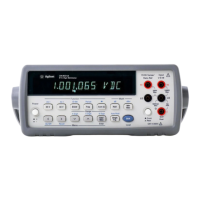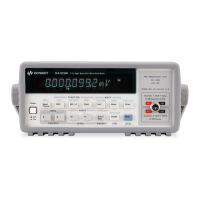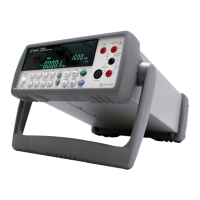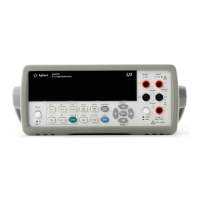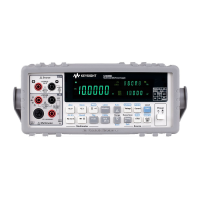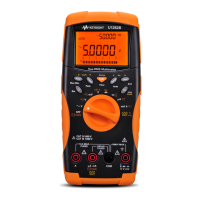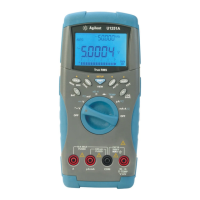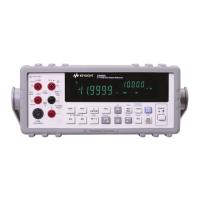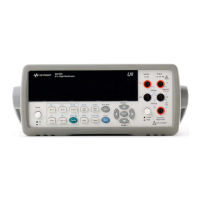Appendix D Optimizing Throughout and Reading Rate 321
Appendix D Optimizing Throughout and
Reading Rate
(From Product Note 3458A-1)
In the past decade and a half, microcomputers have greatly improved both their
internal speed and their speed of communication with other equipment. The actual
clock rates of microcomputers used in instrumentation has gone from under 1
MHz to over 12 MHz and the data bus has gone from 8 bits to 16 bits.
During this same time period, the system multimeter has undergone an even more
remarkable evolution in terms of both its speed of operation and its reading rate.
In 1975, 24 readings per second with 5 1/2 digits of resolution was considered
very fast; today the 3458A Multimeter can make 50,000 readings per second with
5 1/2 digits-- two thousand times faster. This extraordinary increase in speed is
attributable not simply to faster microcomputers, but to advances in the analog to
digital conversion process, a better utilization of the microcomputer, and a better
understanding of the application needs of the system user.
Introducing the 3458A
The 3458A Multimeter now has reading rates from 4 l/2 digit DC Volts
measurements at 100,000 per second, to 8 l/2 digit DC Volts measurements at 6
per second, or anywhere in between with a trade-off of less speed for more
resolution. Even the traditionally slower measurement functions, such as AC
Volts, are quicker with the 3458A. For example, you can measure true rms ACV
at up to 50 readings per second with full accuracy for input frequencies greater
than 10 kHz. That a multimeter's increased reading rate results in increased test
throughput is clear. Not as obvious, but strongly affecting throughput as well, is
the operating speed of the multimeter when changing function, range, reading
speed (integration time), or interfacing mode. The 3458A can change function
and range, take a measurement, and output the result at 200 per second.
Application
Oriented Command
Language
Attempts to make measurement more application oriented and less hardware
dependent resulted in advances in the command language of multimeters that often
yielded easier, more friendly programming. However, these advances also
required increased overhead and slower response to the command language. The
3458A Multimeter has been specifically designed to overcome this problem by
offering fast command response with an application-oriented command language
that is also easy to use.
Intrinsically Slow
Measurements
It is well known that some measurements are inherently not amenable to fast
treatment. Examples of these are high impedance measurements, frequency
measurements of low frequency events, root mean square (rms) AC voltage and
current measurements, and accurate measurements in the presence of noise.
Nonetheless, despite their inherent slowness, substantial increases in throughput
can be achieved in test system requiring these measurements. The 3458A provides
this improved throughput by offering a wide range of alternatives that can improve
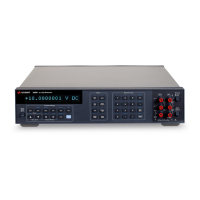
